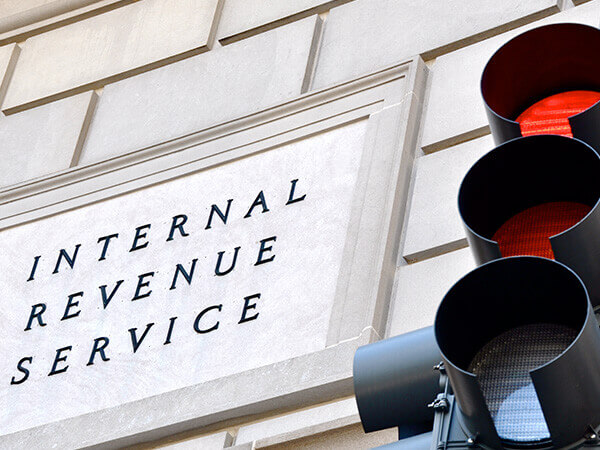Five Tell-Tale Signs of an IRS-Impersonation Scam Call
A scam caller will:
- Accuse you of unpaid taxes without proper documentation or references.
- Demand immediate payment without giving you the opportunity to question or appeal the amount they say you owe.
- Require you to use a specific payment method for your taxes, such as a prepaid debit card.
- Ask for credit or debit card numbers over the phone.
- Threaten to bring in local police or other law-enforcement groups to have you arrested for not paying.
If you receive a phone call from someone claiming to be from the IRS and feel it is part of the scam described above, the IRS asks that you do one of the following:
- If you know you owe taxes or think you might owe, call the IRS at 800.829.1040 . An IRS employee can help you with a payment issue. Do not use a number given by the caller – it could lead directly back to the scam.
-
If you know you don’t owe taxes or have no reason to believe that you do, report the incident to the Treasury Inspector General for Tax Administration (TIGTA) at 800.366.4484 or at www.tigta.gov.
- File a complaint using the FTC Complaint Assistant. Choose “Other” and then “Imposter Scams". If the complaint involves someone impersonating the IRS, include the words “IRS Telephone Scam” in the notes.

